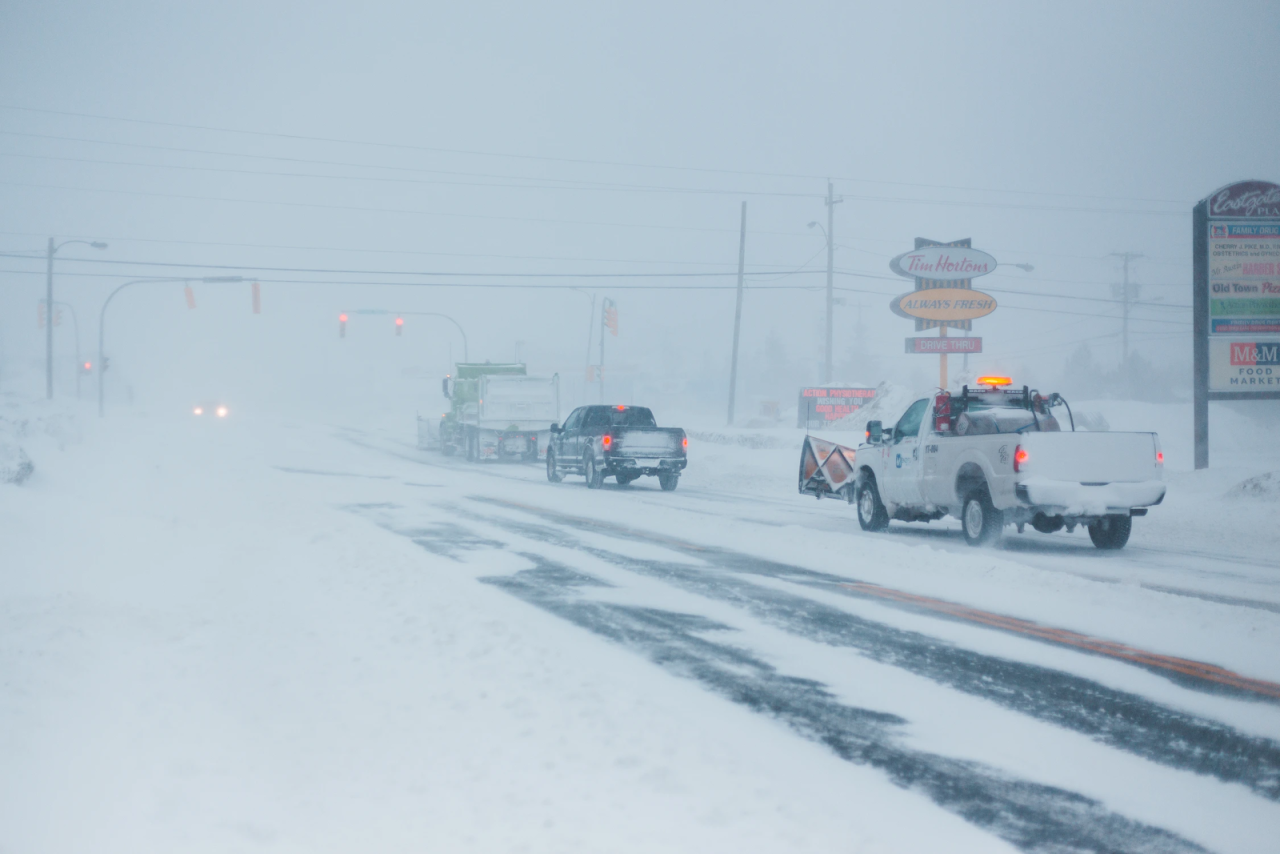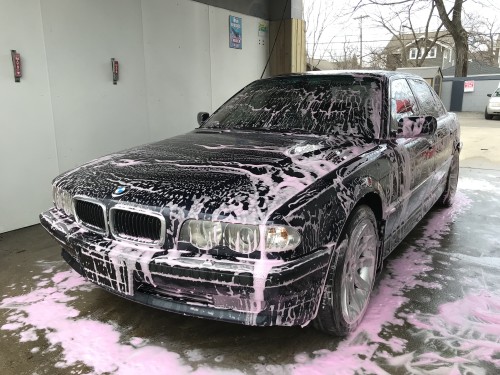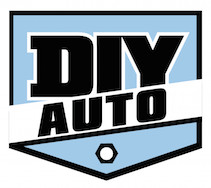You must be logged in to rate content!
4 minute read

No matter what season we’re in, cars require year-round maintenance to keep them running safely on the road. That being said, the winter months come with far more dangers than other seasons, so winterizing your car now can save your vehicle—and maybe even your life— tomorrow.
Are you ready to prepare your car for winter but aren’t sure where to start? Winterizing your car can take time and money, so stay on top of it with this simple winter weather checklist.
Prepare Your Tires
When getting your car ready for winter, be sure to inspect your tires and have them rotated with every oil change. Some important things to consider:
Check your tire tread with the Penny Test. If you stick the penny in the tread and you can’t see the top of Lincoln’s head, your tires are good for slick winter roads. But if you can see his entire head, replace your tires before the deep cold hits.
Check the air pressure often. Low tire pressure can make dangerous winter roads even more treacherous. Take your car to a mechanic or do it yourself at a gas station air pump machine.
Consider snow tires. If you live in an area that gets heavy snow, ice, or has rugged terrain, switching to snow tires can help maintain stability on snowy and slippery roads.
Winterize Your Garage
While your car is your main vehicle winterization concern, it’s not your only one. Be sure your garage is ready to protect your car from the challenging elements by:
Having your electric garage door inspected and serviced.
Adding a coat of epoxy to the floor to prevent damage and deterioration. This can be a DIY job, but to make sure it is done right, consider hiring a pro.
Insulating your garage doors and, especially if it is a detached structure, the walls.
Protecting any pipes that come into the garage, especially if there is even a slight risk of them freezing and bursting.
Updating your charging station for electric vehicles.
Check Up With the Pros
Taking your car to a trusted mechanic for a thorough once-over can bring you priceless peace of mind when driving in the cold and snow. Ask them to:
Inspect the exhaust system and change out the air, fuel, and emission filters.
Check the fluids in the cooling system, windshield wipers, antifreeze, and oil.
Make sure hoses and fan belts and all components aren’t too worn down.
Consider changing the spark plugs.
Replace broken headlights and brake lights.
Test Your Batteries
Nothing can be scarier than having your battery die on a cold, dark winter night. Don’t get left out in the cold. Maintain the health and life of your battery by:
Parking in a garage, out of direct impact from the cold elements that can drain batteries.
Reading DC volts regularly. A healthy car battery will read at 12.45 volts or higher.
Keeping jumper cables in your trunk—and know how to use them.
Noticing if your lights are dim or the battery connectors are corroded.
Protect the Exterior
While the mechanics of a car are certainly the most important aspect of a well-protected vehicle, protecting the exterior of your car from the cold is also important to the longevity of your vehicle. You’ll want to try:
Adding a fresh coat of wax before the snow starts falling, especially if you live in an area that frequently puts salt and dirt on the roads.
Using wax in the lower parts of the car, like behind the wheels, quarter panels, and front grille, to protect your car from corrosion from salt.
Examining your windshield for cracks and nicks that could expand in cold weather.
Create an Emergency Kit
Perhaps the most important aspect of car winterization is outfitting your car with an emergency safety kit. You should always have the following on-hand:
Road flares
Spare tire
Jack
Lug wrench
Flashlight
Blanket
Leather gloves
Hat
Bag of kitty litter or sand (to help your tires gain traction if you get stuck in slush, snow or ice)
Ice scraper and/or brush
Small shovel
Leak-proof container of coolant
Non-perishable snacks
Lighter, matches, and candles
First-aid supplies
Winter driving conditions can turn treacherous without notice. Snow, ice, poor visibility, and extreme cold can hurt your vehicle, the roads, or both. Planning ahead with this checklist can help you prepare for any conditions or situations winter can bring. Join the DIY Auto community for more resources that help your vehicle go the distance.
Comments

Thanks I’m going to share this!
Posted by Diggymart on 11/7/20 @ 3:06:24 AM

Excellent tips! I always keep an emergency kit in the car.
Posted by stevegolf on 11/5/20 @ 5:28:36 PM

Thanks for your contribution! Great info!
Posted by diyauto on 11/5/20 @ 5:22:09 PM
Nice tips, thanks for posting!
Posted by CCmyVW on 12/26/20 @ 4:19:33 PM